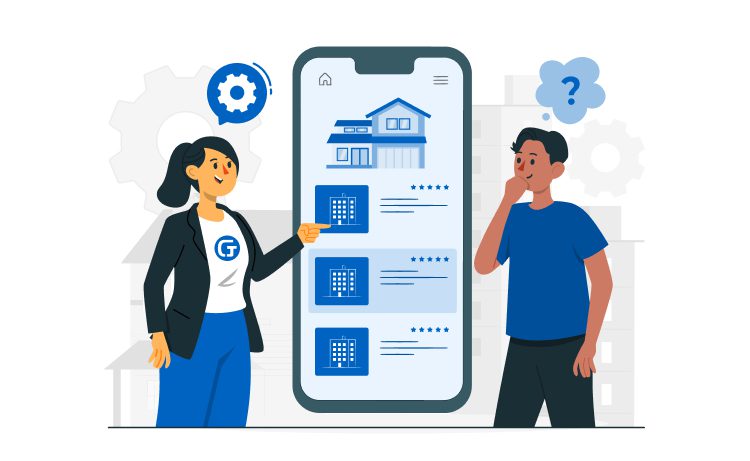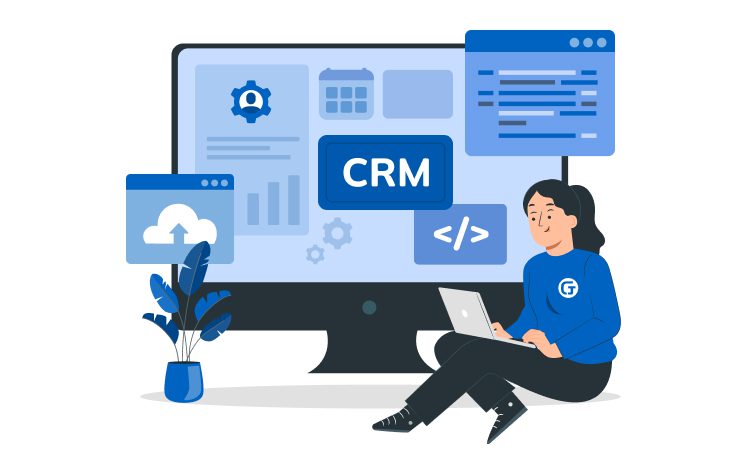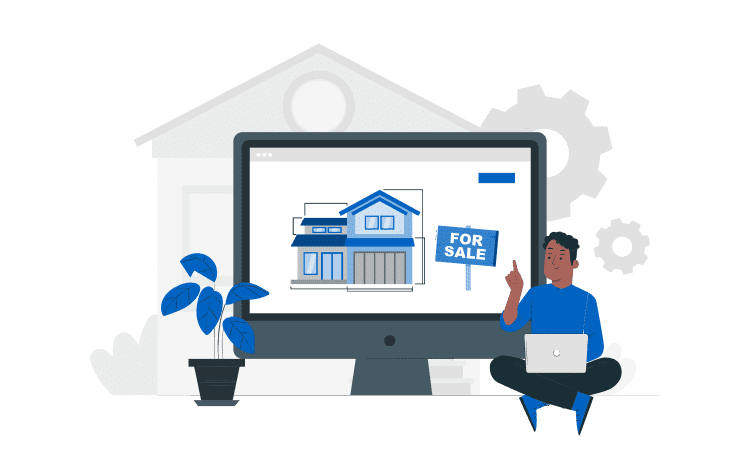
Smart Building Technology: Use Cases and Features



The digital age dictates its own rules in many industries. Real estate was no exception. Today, there is an unspoken rule on the market: the smarter the building, the easier and more pleasant it will be to live (rest, work) in because it can adapt to the needs.
Have you ever wondered how buildings are endowed with “intellectual” abilities? Next, we will describe how such technologies function and their use cases and give some unusual smart building examples.
Content
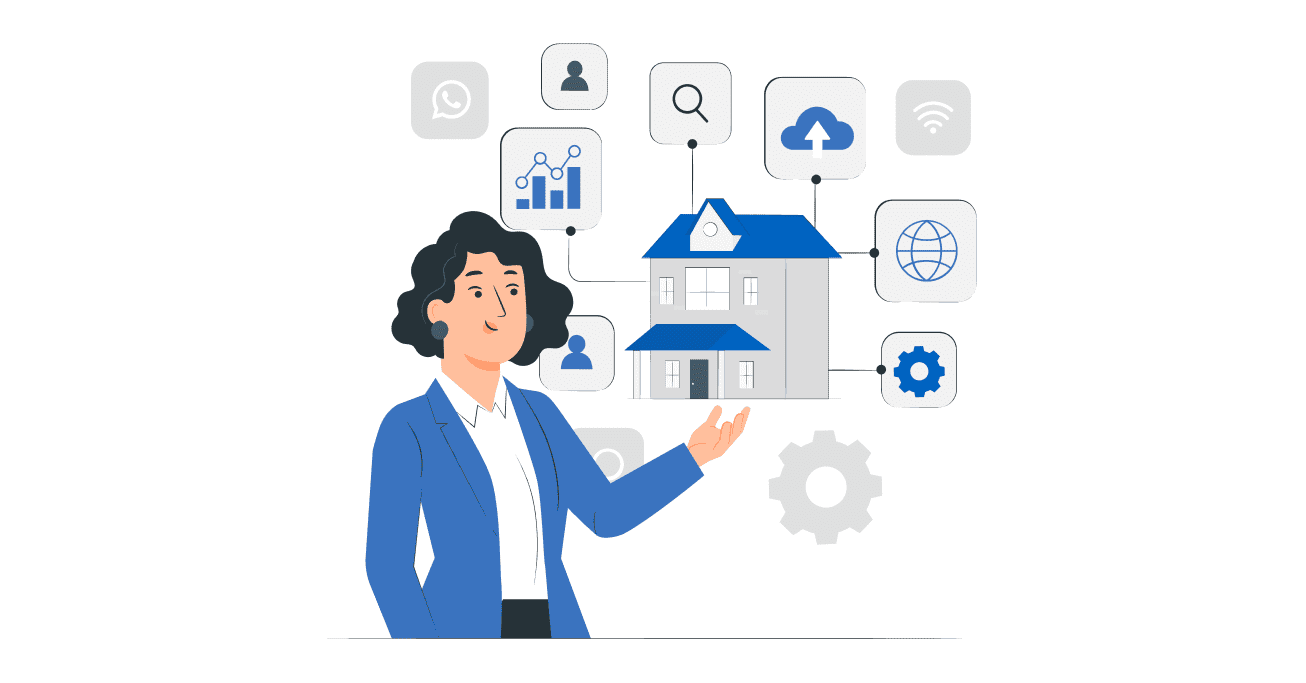
In essence, it can be any technology related to the management, monitoring, and controlling of the ecosystem of a residential building, office, commercial or industrial premises.
An integral element of the structure is the IoT. Sensors monitor the condition of the premises, collect data (operational, climatic, etc.), and then “make a decision” about optimization.
Management covers HVAC, lighting, security, and other critical systems. A couple of simple examples: technology can adjust the air during the day based on real-time CO2 readings or turn on lights when someone enters a room.
Several elements (devices, software solutions, communication means) are intended for automation, which are interconnected and form complex smart building solutions.
Technology helps automate critical processes, optimize space, assess equipment health, and plan maintenance. Integrations with other systems allow you to create an intelligent environment for pleasant living and efficient work.
This is possible thanks to the introduction of advanced IoT, AI, ML, BIM, AR, and VR tools, building automation systems, and aerial drones. Next, we describe each type of technology in more detail.
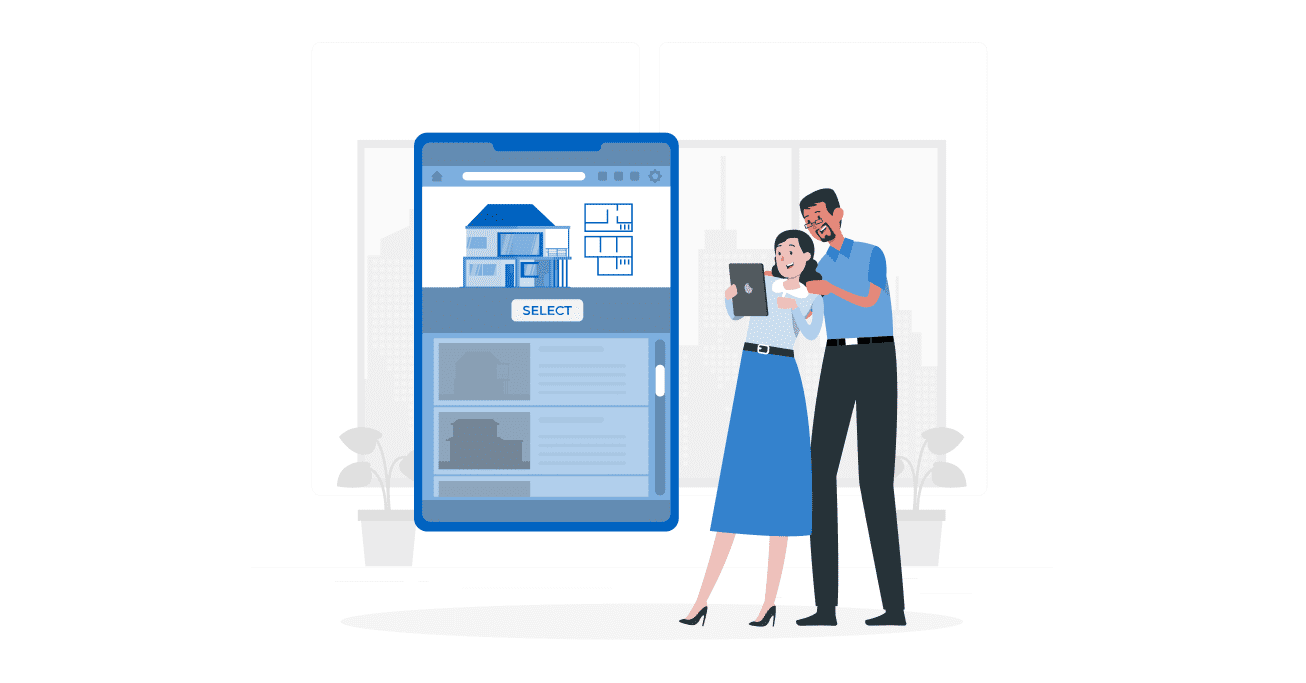
The most powerful tool in this smart arsenal. The building operates based on the IoT system: a number of devices are connected via an IP platform, which makes it possible to exchange information and analyze it quickly.
IoT plays an essential role in home automation: lighting, heating, ventilation, video surveillance, security. In commercial and industrial environments, sensors streamline workflows, such as assessing the health of assets, detecting passenger traffic, and alerting when restocking is needed.

AI can acquire knowledge and apply it in practice, imitating a person’s behavior and mental capabilities. For a long time, AI has been used to automate tasks where it is crucial to avoid routine. AI and ML should not be confused as the latter is a method of implementing the former.

AI seamlessly integrates with IoT for deep learning. It is necessary to understand various objects and environments better and adapt to preferences and trends. For example, the system can recognize power problems and notify you when maintenance is needed. Or study the preferences of residents in lighting and adapt to them.
It is information modeling of a house, road, bridge, utility network, port, or other infrastructure. However, this is not just a set of computer programs or a 3D model. Technology unites people, production, and scientific and technical knowledge intending to improve construction. The main element is the information embedded in the project, which the participants can continuously exchange with each other.
BIM eliminates data silos and provides a synchronized, dynamic approach to project management. Collaboration and rapid data exchange allow you to consider more architectural, engineering, and structural solutions for future buildings. It becomes easier to perform engineering and energy calculations, estimate the cost of construction, and control purchases.
BIM improves the efficiency of not only construction but also the operation of the buildings themselves. The system plays the role of a kind of reference book that reveals the location of assets, talks about the properties of building materials, and makes it possible to simulate changes in space during repairs, e.g., moving a wall.
As you might guess from the name, the technologies are designed to automate HVAC control, lighting, security, and other components. The control is done by the BMS and the BAS (automation system). These systems can work effectively with IoT to track temperature, humidity, electricity, etc.
The benefits of automation cannot be overestimated. First of all, it is an opportunity to create comfortable conditions for being in the building. You can improve energy efficiency and reduce operating costs thanks to smart settings. For example, ensure that the lighting in the conference room turns on according to a certain schedule: from 10 am to 11 am every Wednesday.
AR allows you to “try on” an unreal object in real space. Combined with BIM, this creates unique opportunities for remodeling and refurbishing equipment. Let’s take an interesting example with a machine room. The repair technician puts on AR glasses and sees additional information above each car, from launch date to troubleshooting instructions.
VR is usually perceived as a gaming technology. However, this is not the case: virtual reality has found its place in smart construction. Designers are using VR to create a digital mockup of a home where you can walk around and understand the conditions before construction begins. This data is easily imported into the software and further used for repair planning.
Drones are actively used not only to create panoramic photos and shoot videos from a bird’s eye view. They are also excellent assistants inside buildings (shopping facilities, production workshops, office centers), which take on various routine tasks. The device is controlled by an operator remotely.
Here are some examples of using drones: searching for expired products on the shelves, monitoring the status of equipment that is not freely accessible, detecting unauthorized entry into the office. Drones see the smallest details at any time of the day. They are maneuverable due to their small size and thoughtful shape.
As you can see, the possibilities of smart building technology go beyond the familiar smart housing. We want to tell you about 4 narrow areas where systems are successfully used: office, hospital, data center, and life science facilities. Also further, you will find interesting smart building examples.
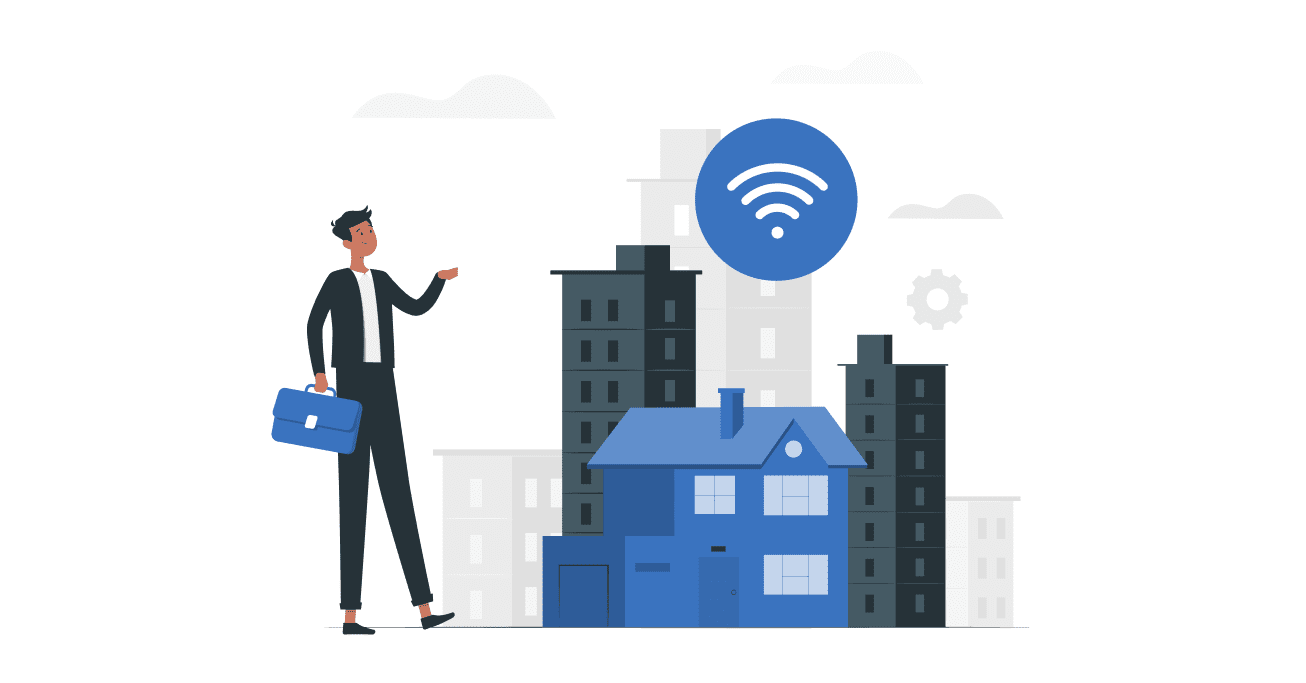
A smart office is a room equipped with modern engineering solutions, information systems, and a multimedia complex. The goal is to provide comfortable conditions for employees and improve the company’s overall efficiency.
Features:
Example:
The Edge in the business district of Amsterdam (Netherlands) is one of the most technologically advanced offices. During 2014-2016, it was named the most environmentally friendly office building. Well-known companies Deloitte, Edelman, Henkel, AKD, Sandvik, are among its tenants.
It is a massive building with an area of 40 thousand square meters with sharp lines and glass facades. It is entirely covered by a Wi-Fi network and equipped with tens of thousands of ceiling sensors. These sensors see if work areas are being used.
Control of parameters (lighting, humidity, temperature) is carried out via the network. Almost all elements are connected to the Internet, including TV screens and coffee makers.
Unique Features:
Smart hospital is an interactive environment of electronic computing devices for providing medical care in a physical-digital hospital ecosystem. The goal is to improve the conditions of patients’ stay in the hospital.
Capabilities:
Example:
Siemens’s intelligent solutions have turned Sint-Maarten Hospital in Mechelen (Belgium) into an “ecosystem for heal”. All elements are interconnected and instantly adapt to the preferences of both patients and staff.
Siemens also contributed to the green building of CGMH PRTC (Taiwan) and Hvidovre Hospital (Denmark).
A smart data center is an intelligent space that combines traditional systems with the latest data storage and management technologies. The goal is to ensure data continuity, security, and energy efficiency.
Opportunities:
Example:
Data Center in Vienna (Austria) and NxtGen Data Center in Bangalore (India) prioritize the above features to guarantee their customers 24/7 quality and security services all year round.
Smart life science facility is an ultra-modern research center. The goal is to create the best conditions for advanced research and new developments.
Opportunities:
Example:
Ferring Pharmaceuticals in Saint-Prex (Switzerland) and Develco Pharma in Schopfheim (Germany) actively use smart building solutions for security monitoring, building protection, and data exchange.
The main reason for introducing smart technologies in commercial and industrial buildings is the need to eliminate routine while maintaining optimal productivity. When it comes to living spaces, comfort is key. In any case, it all comes down to automating processes to adapt conditions to certain preferences, norms, and standards.
A smart building is a truly amazing technological achievement. In it, all systems are interconnected and constantly “communicate” with each other. It ensures the continuous exchange of information that underpins critical life support processes.
